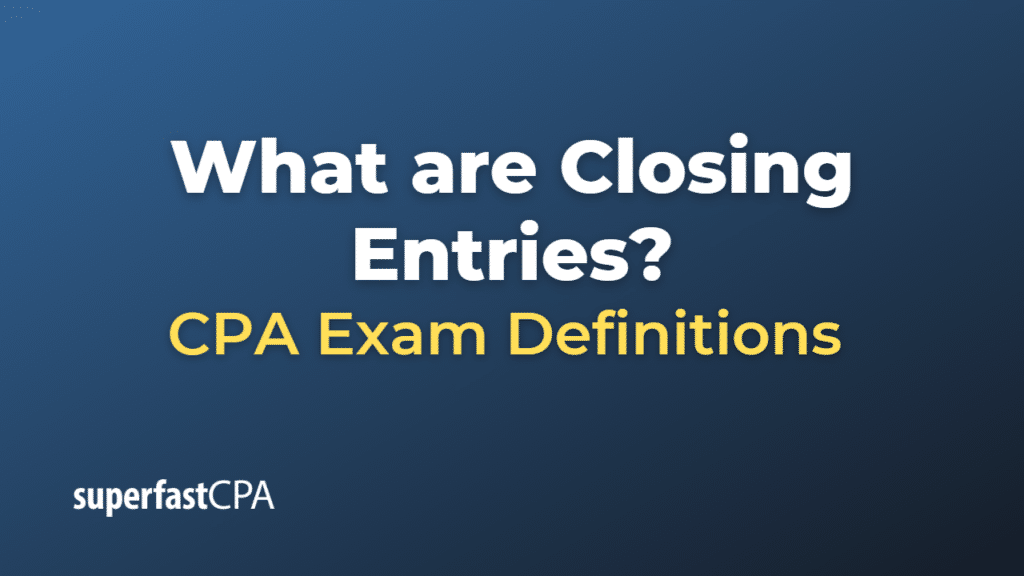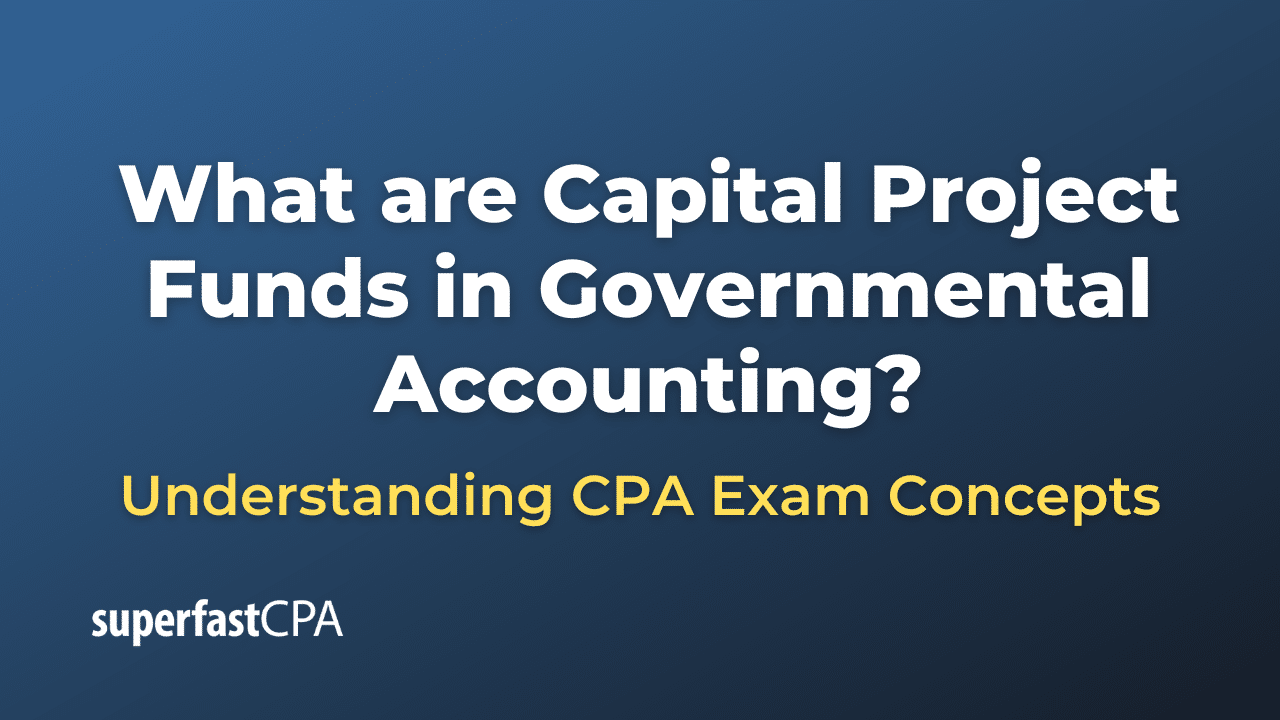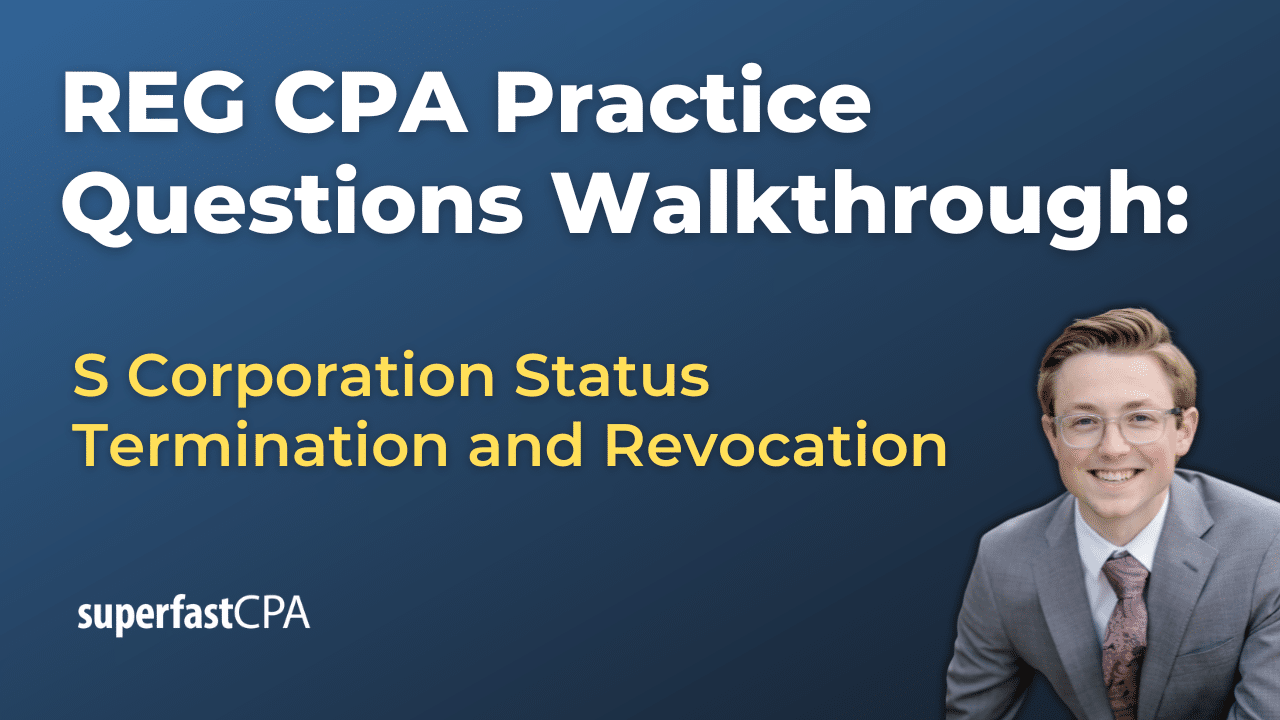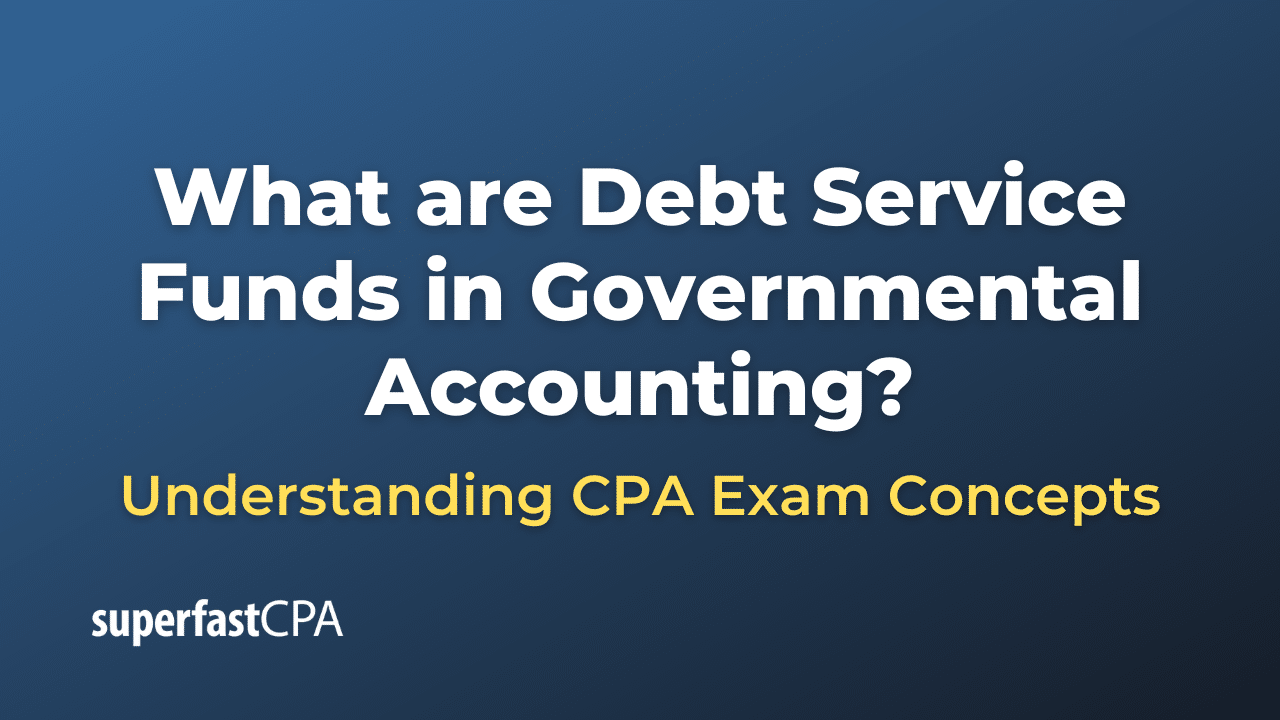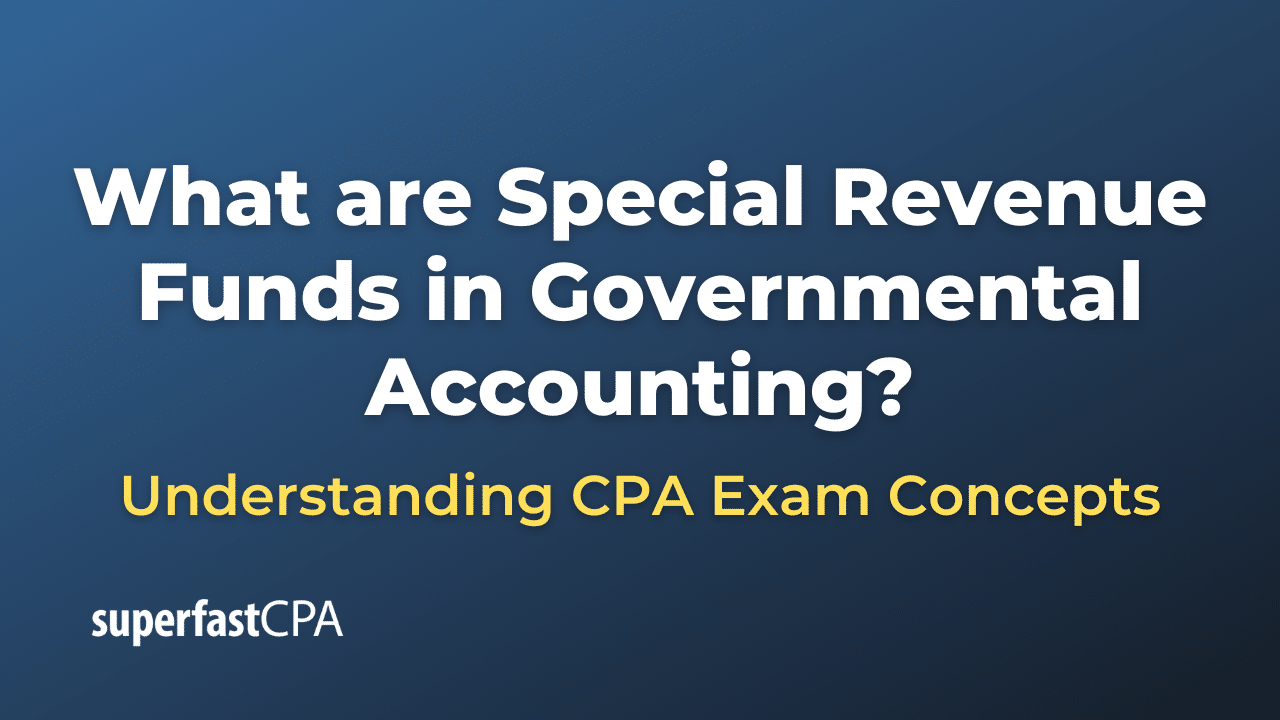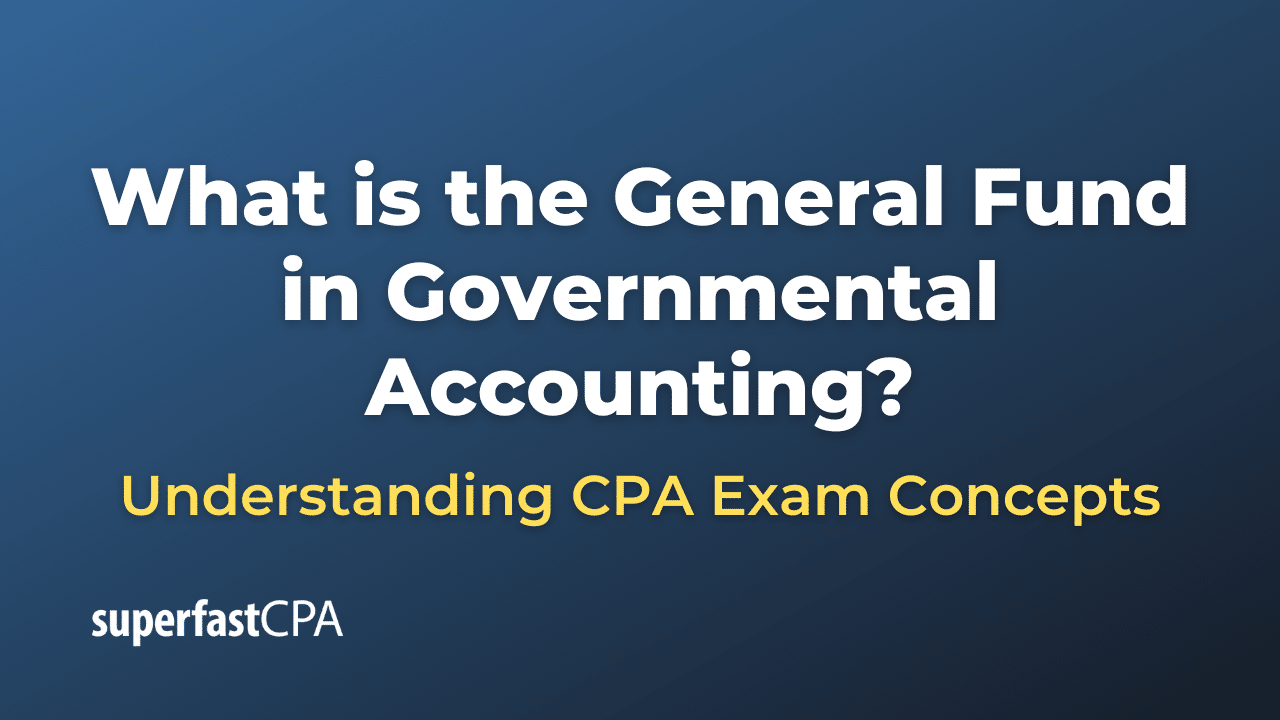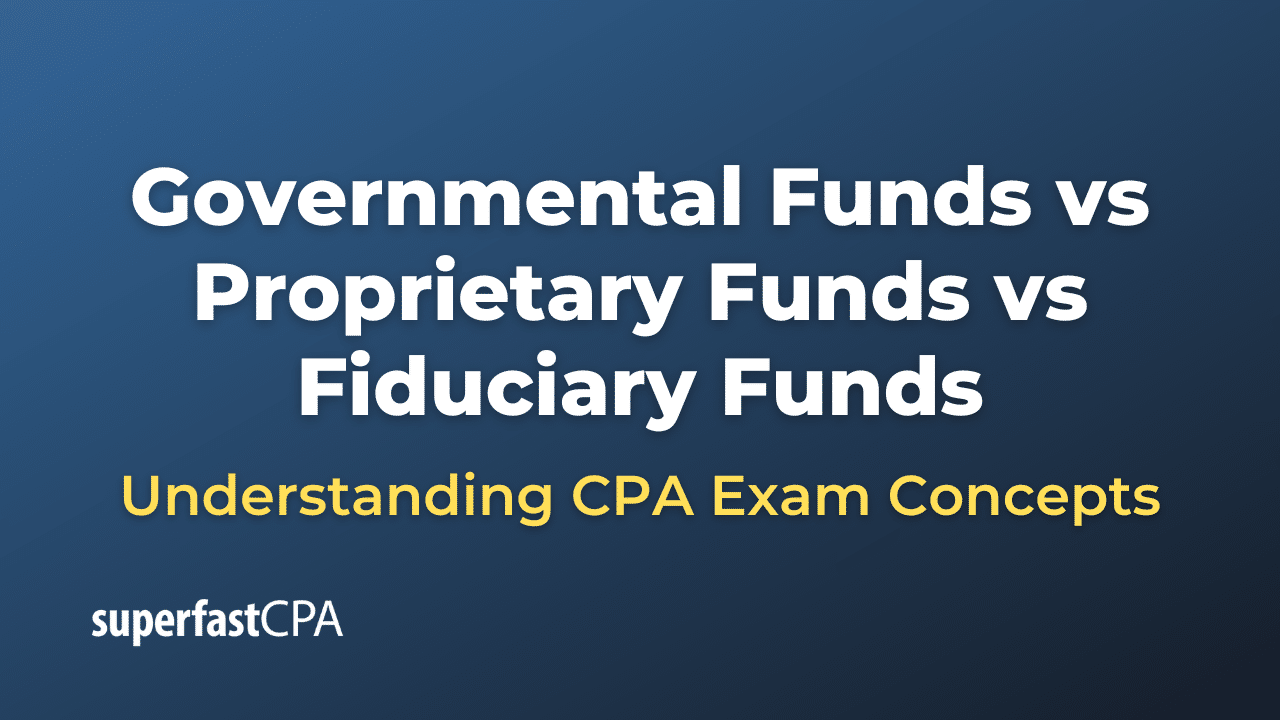Closing Entries
Closing entries are journal entries made at the end of an accounting period to transfer the temporary account balances to permanent accounts. The main purpose of closing entries is to reset the balances of temporary accounts to zero, enabling them to accurately record transactions for the next accounting period. Temporary accounts, also known as nominal accounts, include revenue, expense, and dividend accounts. Permanent accounts, also known as real accounts, include asset, liability, and equity accounts.
There are four main steps involved in the closing entry process:
- Close revenue accounts: Transfer the balances in all revenue accounts to an intermediary account called Income Summary. Debit the revenue accounts and credit the Income Summary account.
- Close expense accounts: Transfer the balances in all expense accounts to the Income Summary account. Credit the expense accounts and debit the Income Summary account.
- Close the Income Summary account: At this point, the Income Summary account should have a balance that equals the net income or net loss for the period. If the Income Summary has a credit balance (net income), debit the Income Summary account, and credit the Retained Earnings account. If the Income Summary has a debit balance (net loss), debit the Retained Earnings account, and credit the Income Summary account.
- Close the Dividends account: Transfer the balance in the Dividends account to the Retained Earnings account. Credit the Dividends account and debit the Retained Earnings account.
By performing closing entries, a company resets the temporary accounts to zero, ensuring that they can accurately record transactions for the next accounting period. Additionally, the closing entries help to update the Retained Earnings account, which is a key component of the company’s equity, by incorporating the net income or net loss and dividends for the period. After closing entries are completed, the post-closing trial balance is prepared to verify that the temporary accounts have been reset to zero and that the total debits equal the total credits for the permanent accounts.
Example of Closing Entries
Let’s consider a fictional company, “Bakery Delights,” and demonstrate the closing entry process based on the following account balances at the end of the year:
Revenues:
- Sales Revenue: $50,000
Expenses:
- Cost of Goods Sold: $20,000
- Rent Expense: $10,000
- Salary Expense: $15,000
Dividends:
- Dividends Paid: $2,000
Here are the closing entries for Bakery Delights:
- Close revenue accounts:
Debit: Sales Revenue – $50,000
Credit: Income Summary – $50,000 - Close expense accounts:
- Close Cost of Goods Sold:
Debit: Income Summary – $20,000
Credit: Cost of Goods Sold – $20,000 - Close Rent Expense:
Debit: Income Summary – $10,000
Credit: Rent Expense – $10,000 - Close Salary Expense:
Debit: Income Summary – $15,000
Credit: Salary Expense – $15,000
- Close Cost of Goods Sold:
- Close the Income Summary account:
At this point, the Income Summary account has a balance of $5,000 ($50,000 credit from Sales Revenue – $20,000 debit for Cost of Goods Sold – $10,000 debit for Rent Expense – $15,000 debit for Salary Expense). This represents the net income for the period.
Debit: Income Summary – $5,000
Credit: Retained Earnings – $5,000 - Close the Dividends account:
Debit: Retained Earnings – $2,000
Credit: Dividends – $2,000
After completing the closing entries, Bakery Delights will have reset the balances of its temporary accounts (revenue, expense, and dividends accounts) to zero, enabling the company to accurately record transactions for the next accounting period. The Retained Earnings account will be updated to reflect the net income and dividends paid during the period, representing the updated equity position of the company.

